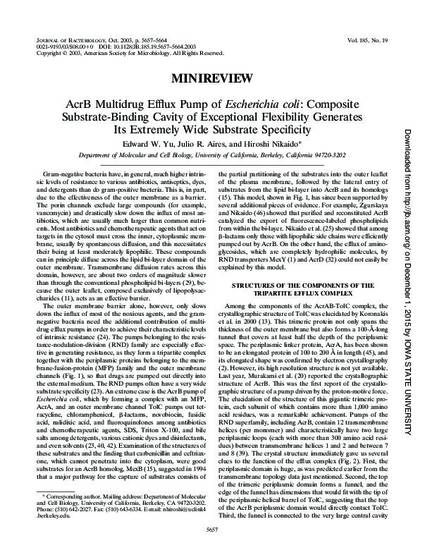
Gram-negative bacteria have, in general, much higher intrinsic levels of resistance to various antibiotics, antiseptics, dyes, and detergents than do gram-positive bacteria. This is, in part, due to the effectiveness of the outer membrane as a barrier. The porin channels exclude large compounds (for example, vancomycin) and drastically slow down the influx of most antibiotics, which are usually much larger than common nutrients. Most antibiotics and chemotherapeutic agents that act on targets in the cytosol must cross the inner, cytoplasmic membrane, usually by spontaneous diffusion, and this necessitates their being at least moderately lipophilic. These compounds can in principle diffuse across the lipid bi-layer domain of the outer membrane. Transmembrane diffusion rates across this domain, however, are about two orders of magnitude slower than through the conventional phospholipid bi-layers (29), because the outer leaflet, composed exclusively of lipopolysaccharides (11), acts as an effective barrier.
Available at: http://works.bepress.com/edward_yu/4/
